
By Angelo Randaci, Earth’s Ally Horticulturist
Angelo’s passion for plants has led him to explore many areas of horticulture including research, grounds management, technical training, design and nursery management.
Feng Shui Plant Principles
Feng shui is an ancient natural art based on the theory that we should occupy spaces in a conscious and harmonious way. It applies the ancient practice of arranging space to take advantage of the natural cycles of the area, the home, or the workplace. The words feng and shui translate literally to mean “wind” and “water” respectively, both of which are associated with good health and well-being in Chinese culture. Feng shui plant placement can be a good beginner entry into feng shui.
Because of their many benefits, plants anchor supportive energy to a healthy environment. \Let’s begin by looking at a few of the benefits that houseplants bring to your home.
Benefits of Houseplants
Houseplants energize living spaces. They bring life while adding to the look and feel of your home as well as many positive benefits for human health.
Research from several universities such as the University of Vermont, Washington State, Rutgers, and Texas A&M University have shown that having house plants in your home:
- Improves concentration as well as productivity.
- Raises a person’s ability to concentrate and improves attention span
- Increase productivity by 15%
- Plants in the workplace increase satisfaction
- The presence of flowers increases happiness, improves energy and performance
- Lowers heart rate and blood pressure, as well as accelerates healing/recovery from injury
- Plants in the home help remove toxins and clean the air
Feng shui involves using specific arrangements to achieve harmony and balance within the natural environment so there will be a positive interaction. When there is a balance of the flow of energy (wind, water, sunlight, etc) then the environment will be a positive place to live or work. The elder teachers believed that harmony and balance bring peace and prosperity. In this way, the environment can also be harmonized, improving the well-being of whole areas.
The 5 Elements of Feng Shui
Feng Shui promotes the use and balance of the five natural elements: wood, fire, earth, metal, and water. Each element invokes a different mood.
- Wood is associated with creativity, growth, flexibility, strength, and intuition.
- The fire element affects inspiration, expressiveness, and enthusiasm.
- Earth is linked to physical strength, order, balance, grounding, and stability.
- The presence of metal affects clarity and logic.
- The water element involves spirituality, wisdom, inspiration, and insightfulness.
The wood element, however, is most connected with plants as it brings the vital energy of growth and action. The various shades of green are associated with rejuvenation and lush greenery brings mother nature’s positive energy into a space. Use houseplants to bring the wood energy to your rooms. You can add the other elements to your design by the color and shape of your containers, the type of furniture in your room, wall hangings, pictures, lighting, and other features to strike a balance. A feng shui map–or bagua–is used to help with this process.

The Bagua
The map shown here is used in the practice of Tibetan Black Hat Feng Shui. This simplified version is based on the entrance door location as opposed to the compass locations used in Traditional Feng Shui. A nine-grid square (bagua) designates areas of your home with each area or workspace representing a different area of your life. The décor consists of decorative objects strategically placed in the nine areas to help you maintain a positive attitude and stay focused on your goals.
You can use a bagua map to locate your plants in specific areas to create harmony and well-being.
How To Use The Bagua Grid For Home Or Apartment
Draw or obtain a sketch of the layout of your home to scale. Include the front door and other doorways and windows. Indicate placements of furniture, kitchen appliances, and any other structural features.
Place the bagua map over your home drawing so the south sector of the bagua map is on top of the layout and the north along the front of the house. The front door will fall into either the knowledge, career, or travel quadrants. Adjust as needed to fit the bagua to your layout. You should end up with even-sized squares over your layout.
You can also use the bagua chart to fit in each room. Just position the bagua according to the entrance door to the room. This will be considered the front door for placing the bagua.
Other things to consider when aligning your map:
- Twists and turns: If there is a wall immediately after entering your home causing you to turn in a different direction, then orient your bagua in the new direction.
- Rules for garage and patios: If you enter your home directly from your garage, then you should include the garage in your bagua map. Patios are not included in your bagua map unless they are enclosed for year-round use.
- Second levels, basements, and other additional floors: You can apply the map to any level of your home. Orient the bagua to the direction of the stairs treating the stairs as the entrance. This may be a different orientation from the downstairs level if the stairs go in a different direction from the downstairs entrance, such as in many split-level homes.
Tip: If your home is not square but rectangular, you can just stretch the bagua out to fit your home.
Once you’ve aligned your bagua to your home, you will then be ready to place your houseplants.
Where To Place Your Feng Shui Plant
The next step is to determine what aspect you want to support. Let’s use a home office area as an example.
Place a money plant (or other houseplant) in the wealth area of the bagua to cultivate growth in your finances. Place it in the new beginnings area to support new projects or businesses. Likewise, the fame area to be noticed, relationships area to cultivate partnerships, career area to support your career path, knowledge area to build on existing knowledge, completion area to support finishing projects, and the helpful people area if you need collaboration for a project. You can follow the same principles for all your rooms based on your goals.
Plant Selection
Your indoor feng shui garden design can include a variety of plants. In general, look for plants with soft rounded leaves especially in places where you want to emanate relaxation and calming energy. Plants with heart shaped leaves are excellent for bringing harmony to your spaces. Spiky plants such as cacti tend to introduce prickly, sharp energy and are not recommended. Plants with sharp edges such as snake plants are good for places you want protective energy such as around hallways and entrances to your home or any areas of vulnerability.
Feng Shui Plants
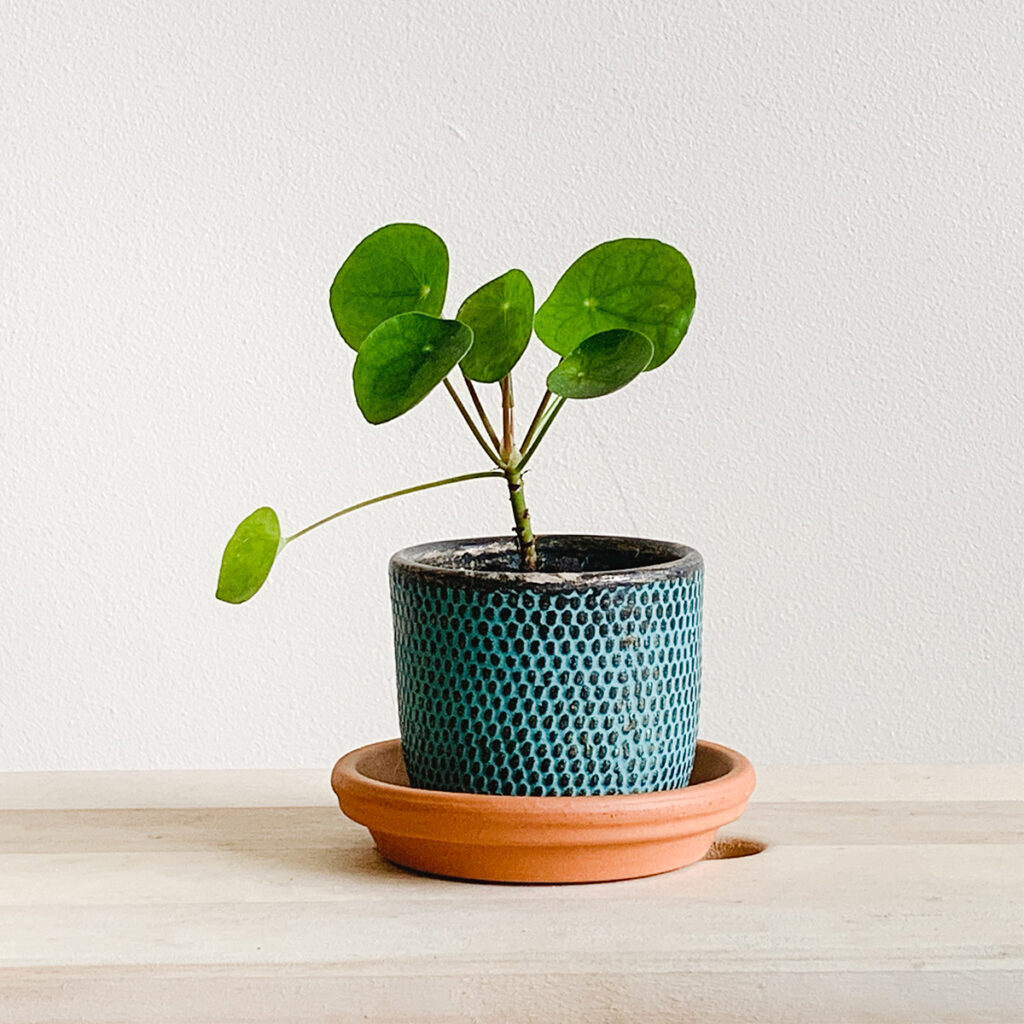
Chinese Money Plant (Pilea peperomides): Use to radiate positive energy and as a symbol of good fortune, prosperity, and wealth.
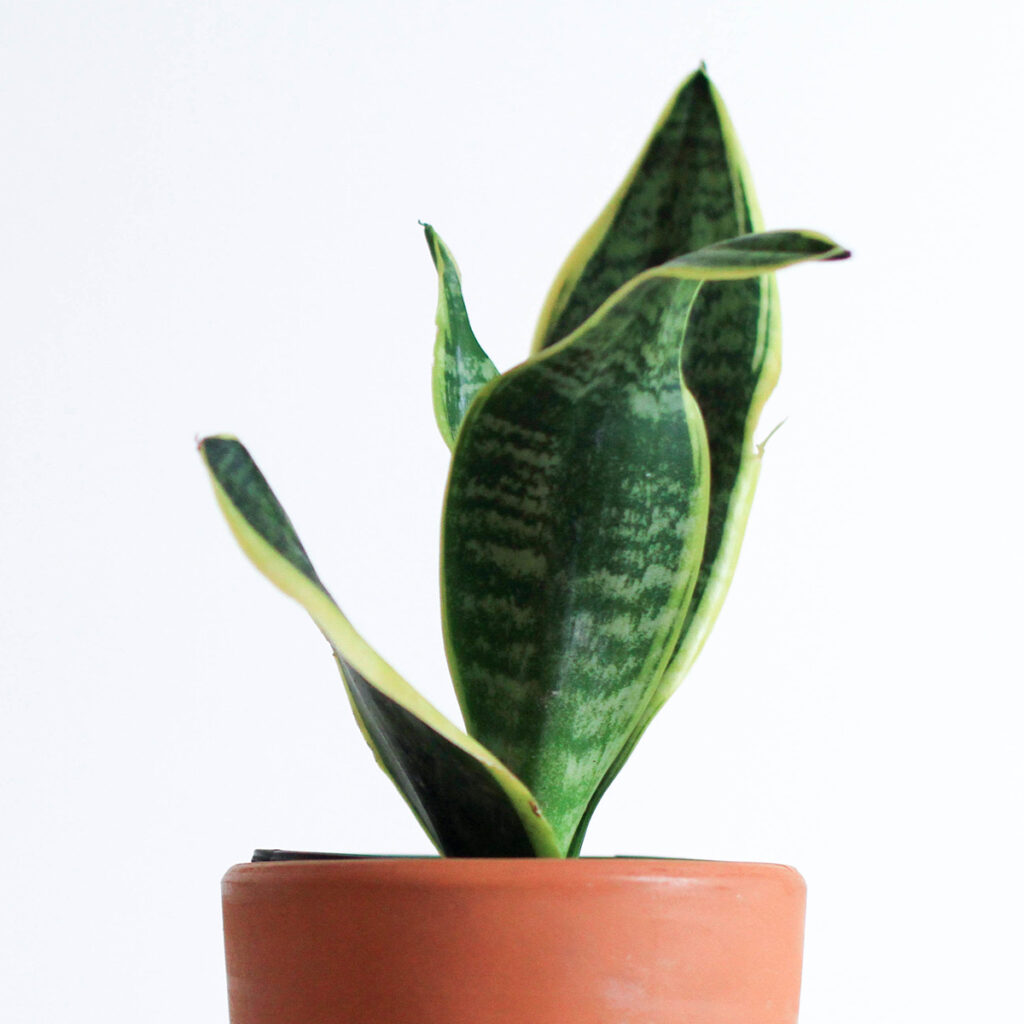
Snake Plant (Sanseviera sp.): Snake plants represent a bold and protective energy. Place in a hallway or entryway for a feeling of protection.
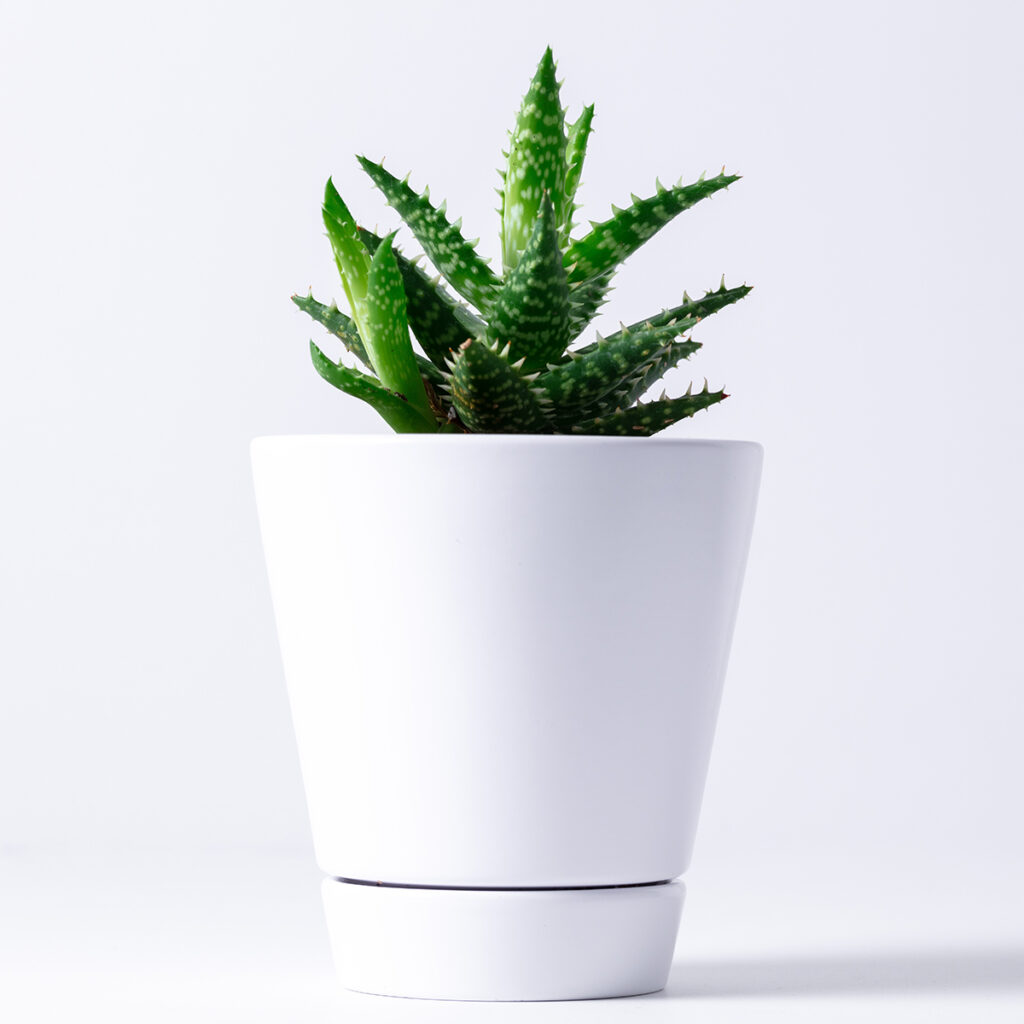
Aloe Vera (Aloe vera): Aloe vera helps create healing energy. It also brings good luck and harmony in relationships.
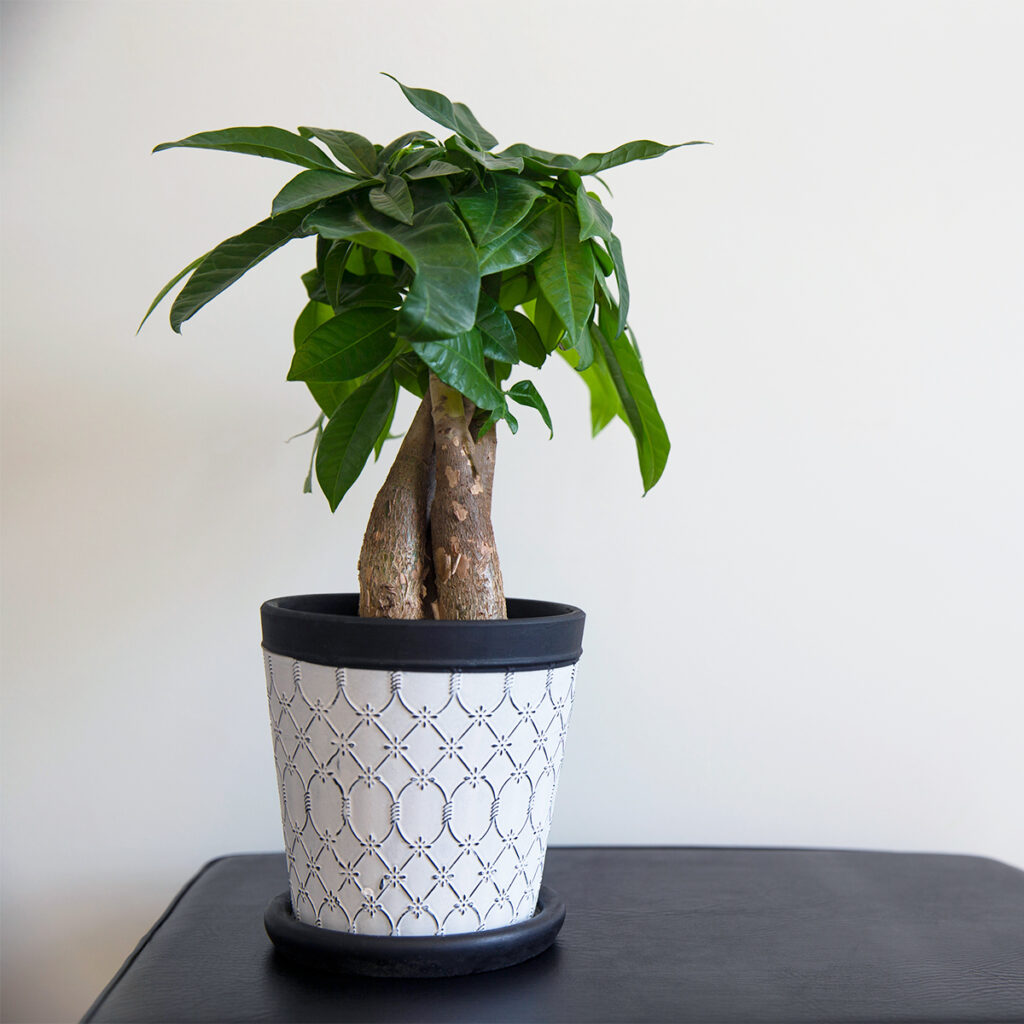
Money Tree (Pachira aquatica): The money tree represents harmony and balance. It is placed where it can attract wealth, abundance, and luck.

Jade Plant (Crassula ovata): Jade plant is believed to attract wealth and good fortune.
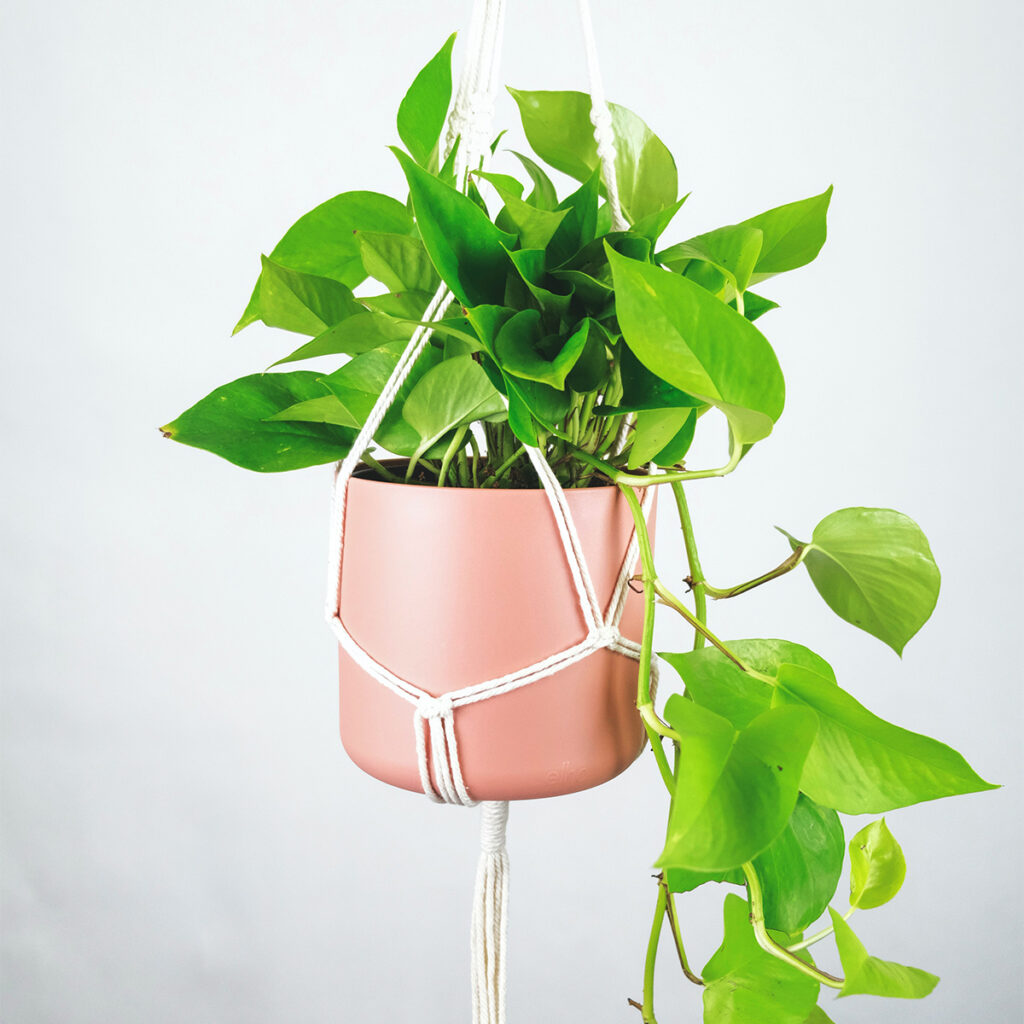
Pothos (Epipremnumaureum): For abundance, generosity, teaching, and sharing.
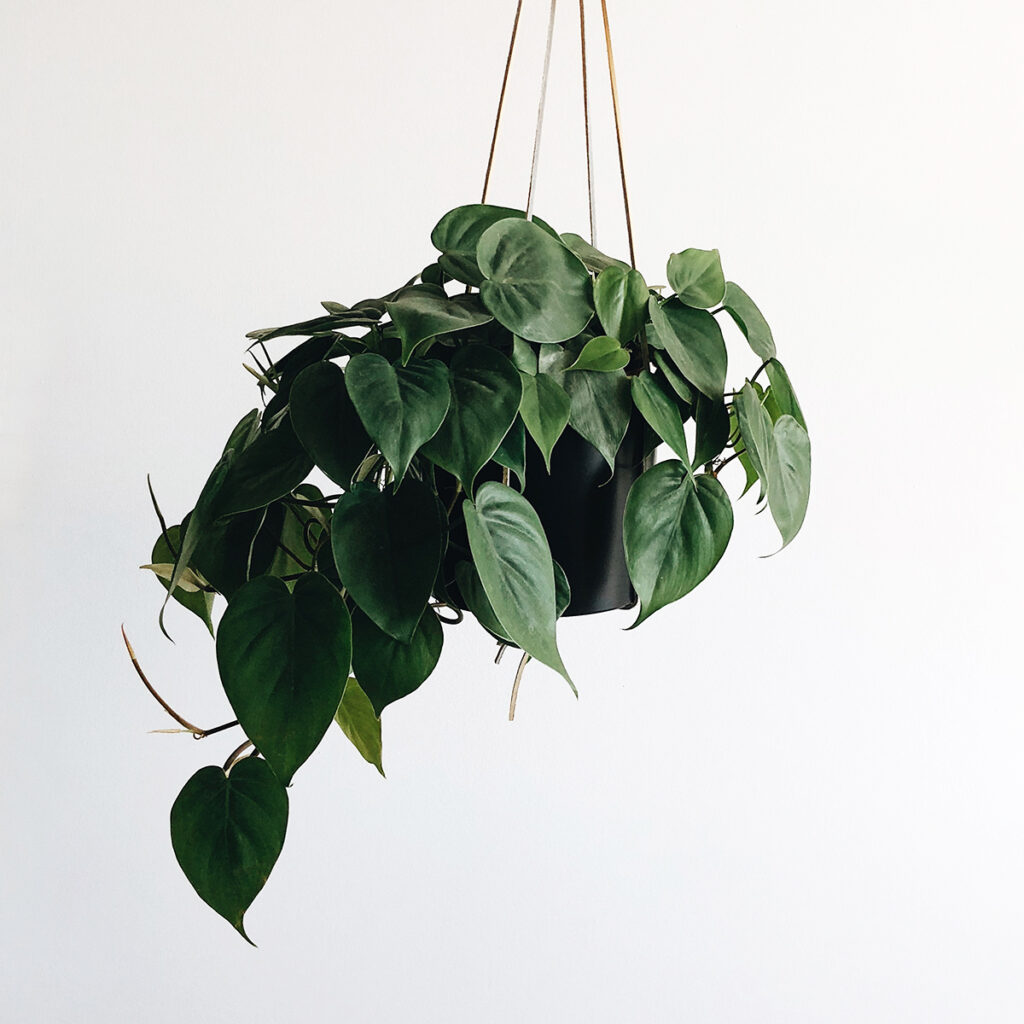
Heart Leaf Philodendron (Philodendron scandens): Known for its air-purifying properties.

Peace Lily (Spathiphyllum sp.): Besides being considered a good fortune plant, peace lily helps clean the air of environmental contaminants including benzene and formaldehyde.
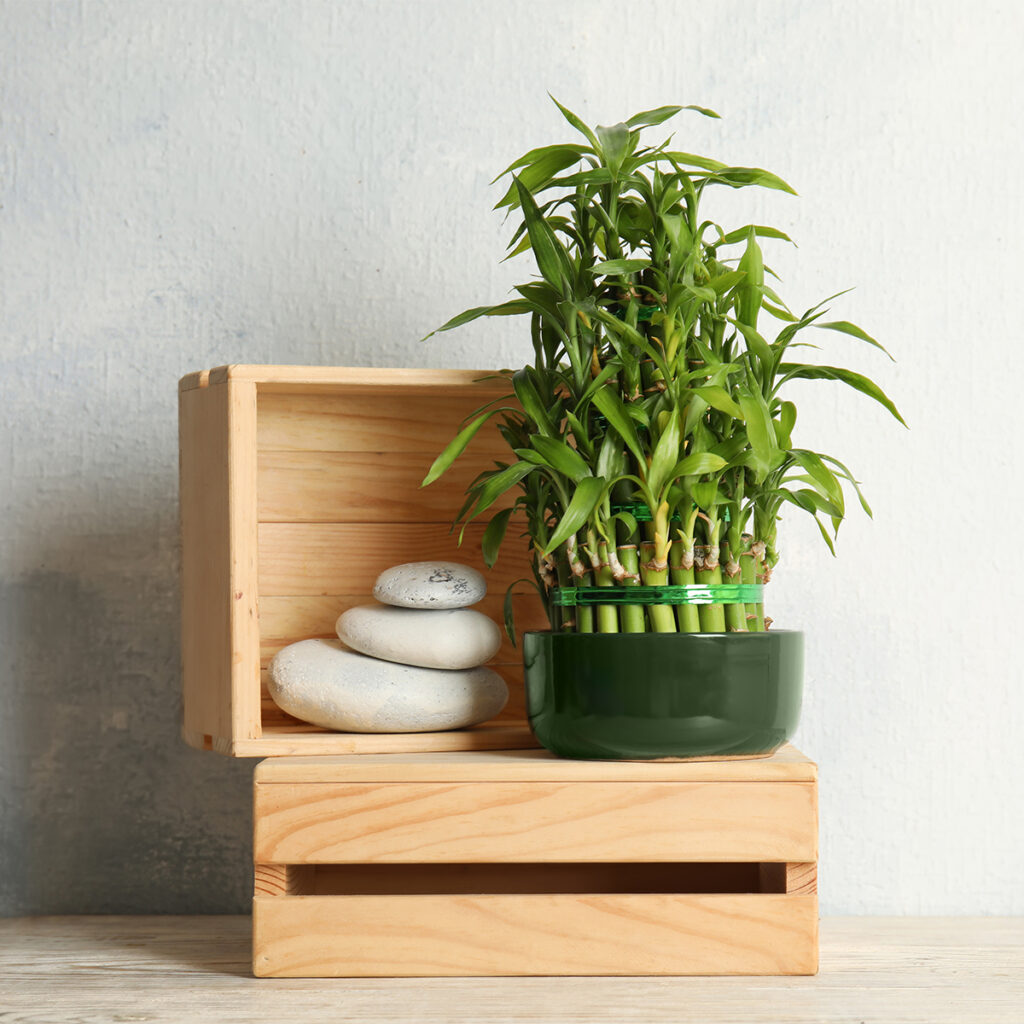
Lucky Bamboo (Dracaena sanderiana): Lucky bamboo is one of the most common Feng Shui plants for encouraging positive energy. It is associated with mobility in your career and improvement making it an excellent choice for office. It is also an easy-care plant requiring only moderate light conditions.
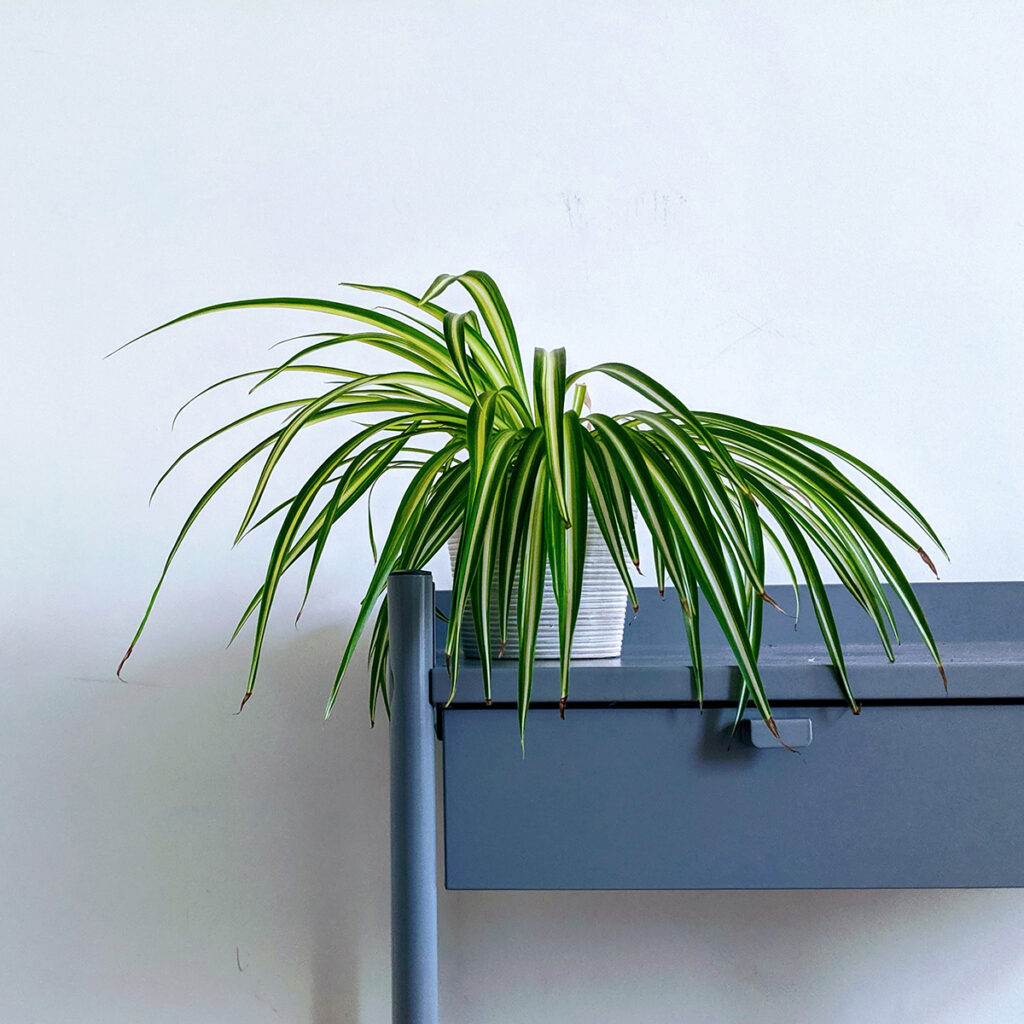
Spider Plant (Chlorophytum comosum): Spider plants long, sturdy leaves symbolize stability in life. They also absorb negative energy from unused spaces and release positive energy in return.
Experiment with the placement of your plants taking into consideration specific requirements to keep them healthy. Some plants can be toxic to humans and pets so research your choices before purchasing to see if they will be a good fit for your home. Following the guidelines in this article will help you create a harmonious part of your feng shui décor with healthy, thriving plants. You can also extend your indoor-inspired feng shui to include feng shui garden ideas for your outdoor living spaces.
Feng Shui Plant Health
Do not place a houseplant in an area where it won’t thrive. A diseased or dying plant is poor feng shui because it will promote energies of sickness, and poor health in your home. Keep your plants neat and tidy by removing dead leaves and keeping your plants clean.
Pest and Disease Control
Insects can quickly multiply and overcome your plants. Inspect your plants regularly for pest problems and be proactive. Avoid insect control products harmful to your home environment. To keep your home environment safe, use only natural organic pest plant sprays for both indoor and outdoor plants. Earth’s Ally Insect Control comes in a ready-to-use formula that contains the right ingredients in the right amounts. No guesswork is involved! It’s also available as an eco-friendly concentrate. It’s been tested for effectiveness and will keep your plants healthy. I use them for all my gardening endeavors including vegetables, fruits, ornamentals, annuals, houseplants, and perennials. Earth’s Ally products are safe for plants, pollinators, pets and people.
We’d love to hear how you’re using Earth’s Ally Insect Control. Share your experience and stay connected with the #EarthsAlly community on Facebook, Instagram and Twitter for access to our latest blog posts, giveaways and exclusive promotions.
